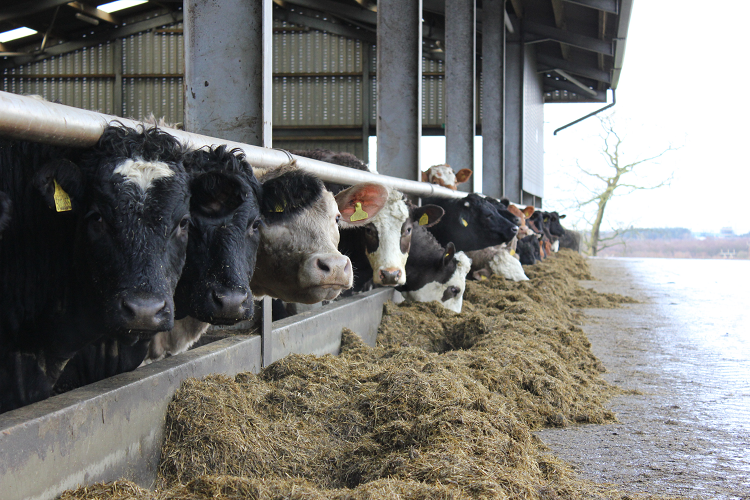Improving Silage To Reduce Costs
28 April 2022Improving silage quality provides an alternative resource of nutrients to livestock that may have otherwise been supplied in concentrate feed. Ruminants have evolved to eat grass, therefore the more we can utilise home-grown forage the better for both health and performance. With silage making season just around the corner planning, budgeting, and assessing what options are available is needed now.
Current feed prices have proven the value of producing high quality forage. Therefore, good grass and nutrient management is vital to securing high quality silage for the coming winter ahead. It is important to balance quality and quantity, in instances where going for bulk over quality has been the priority, consider taking an additional cut of silage.
To feed more forage and maintain high animal performance, forage must be high in available nutrients and high in digestibility (d value). D value is the main factor that determines the metabolisable energy (ME) content of silage and is also a key factor influencing intake. The main influences on making high quality silage are:
- Cutting Date
- As the crop begins to bulk up and yield increases, quality declines
- D value falls by 0.5 unit/day from when the grass starts to push up flowering stems
- Grass varieties – ideally a silage mixture will contain grasses with similar heading dates
- Nutrient management, i.e., fertiliser and slurry applications
- Wilting time
- Rapid wilting ensures minimal losses in the field and better preservation of the grass silage (ideally less than 24 hours or for crops with high amounts of clover 48 hours)
- Long wilting will increase the field DM losses and increase the likelihood of aerobic spoilage
- Good clamp/ bale management to ensure minimal nutritive losses and ensure good preservation. Additives can also be beneficial in reducing losses but cannot make up for poor managed silage making and feed-out system.
Table 1
Concentrates required for 350kg steer to achieve a growth rate of 1kg/day
| Silage Quality | Good
11 ME |
Average
10.5 ME |
Poor
10 ME |
Very Poor
9 ME |
| Concentrates (kg/head/day) | 1 | 1.25 | 1.5 | 3.5 |
| Total concentrate for 100 stores – 140 day winter | 14 t | 17.5 t | 21 t | 49 t |
| Concentrate cost over winter (£250/t) | £3,500 | £4,375 | £5,250 | £12,250 |
| Concentrate cost over winter (£300/t) | £4,200 | £5,250 | £6,300 | £14,700 |
Table 1 shows the difference in the level of concentrate required to achieve the same level of liveweight gain in a 350kg steer. As the silage quality reduces as does the predicted dry matter intake from forage, therefore higher levels of concentrate are required to fill the energy gap. A difference of 0.5 MJ of ME/kg DM costs an additional £875-1050 worth of feeding to achieve the same level of performance.
Extensive research at Teagasc grange has shown that leafy, higher D value silage resulted in better intakes and liveweight gains for finishing cattle. Benefits include shorter days to finish (reducing the amount of silage required) and lower concentrate intakes to achieve their target daily growth. This all adds up and will make a difference to overall profit margins, therefore although fertiliser prices are high, producing more high-quality silage proves to be a cost-effective solution.
Sign up to the FAS newsletter
Receive updates on news, events and publications from Scotland’s Farm Advisory Service

